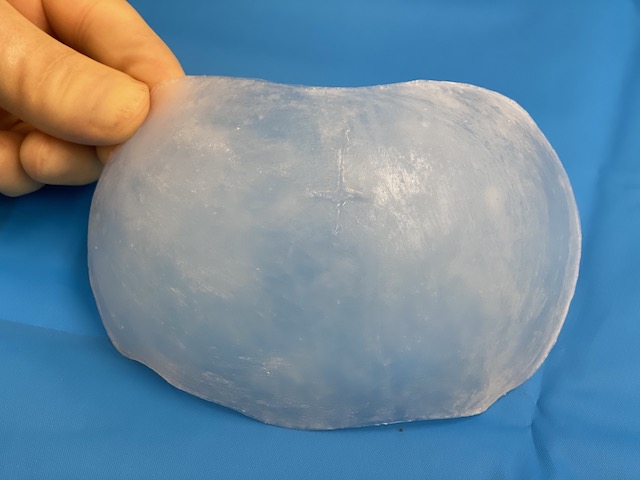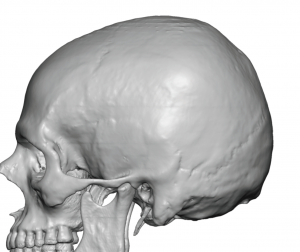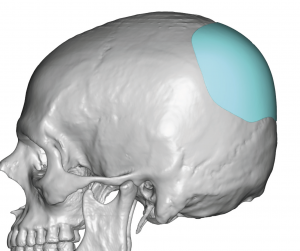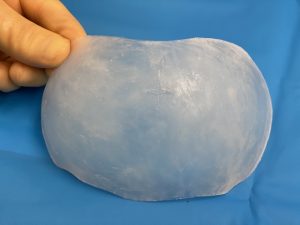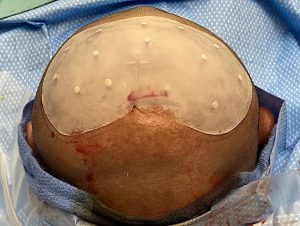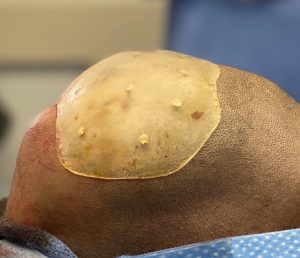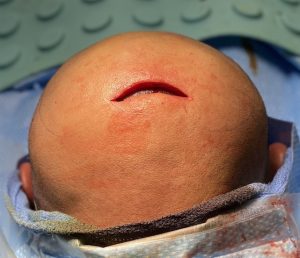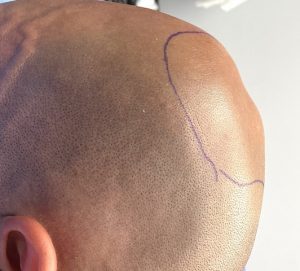Background: The shape of the skull is influenced by a variety of structural elements within it as well as external forces. The internal elements are mainly the suture lines around which the skull bones form and are shaped. The sutures lines have a major influence particularly where they join other suture lines. These junctional areas are well known in newborns and babies as the fontanelles.
The fontanelles are the soft spots of the newborn skull which occur most prominently at the junction of the sagittal suture line and the paired coronal sutures lines (anterior fontanelle) and the sagittal suture line and the paired lambdoidal suture. (posterior fontanelle) They are other fontanelles (sphenoidal and mastoid) but they are at the base of the skull and thus not visible. The fontanelles are open at birth to allow the brain to rapidly grow and close secondarily over time with bone ingrowth. The posterior fontanelle closes soon after birth (2 to 3 months) while the anterior fontanelle does so much later.
One of the unrecognized types of aesthetic skull depression/indentations is at the location of the original fontanelles. While these originally open areas fill in with bone they may not always do so completely to match that of the surrounding skull areas. This is particularly seen at the posterior fontanelle area at the upper back of the head. There can be a contour depression which may have various surface irregularities to it. In some cases it is associated with a high posterior sagittal crest in which each one magnifies the appearance of the other.

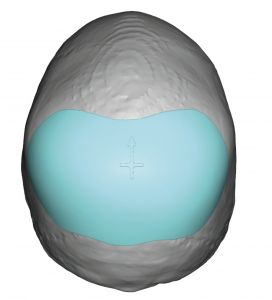
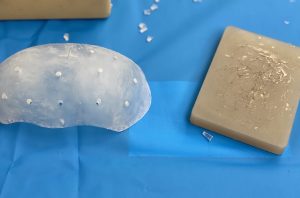
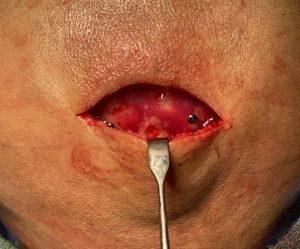
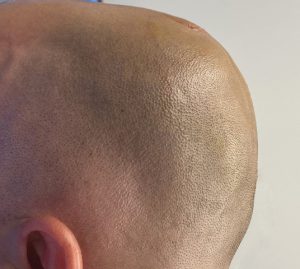
Case Highlights:
1) An underdeveloped posterior fontanelle region of the skull is frequently associated with a posterior sagittal crest deformity.
2) The posterior fontanelle skull deficiency is at the upper back of the head just above the junction with the lambdoidal suture lines.
3) A custom skull implant design provides the best contour restoration is this area of the back of the head and can be placed through a previous sagittal crest skull reduction incision.
Dr. Barry Eppley
Indianapolis, Indiana

